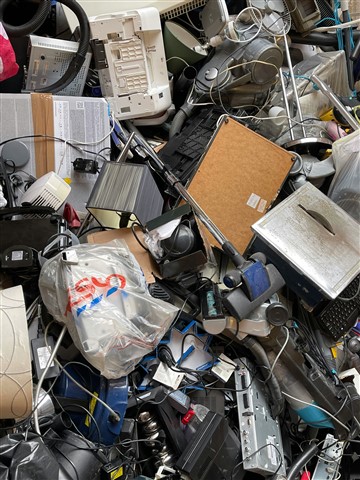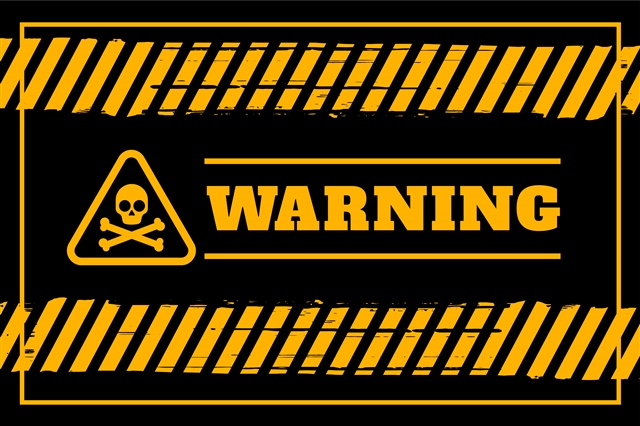Systems Engineering can make for safer seas
Marine transportation has always been a popular choice when moving hazardous goods around the world. Carrying very large inventories in a controlled setting, with access to centralised on-loading and off-loading facilities, connected to geographically distant locations - all present advantages rail and road are unable to achieve. This brings numerous challenges in, for example, managing interfaces with other transportation methods, for example, road, pipelines, and rail.
Safety doesn’t come last

Waste similar to this is transported by sea for disposal in third countries.
Domestic appliances being recycled, SW London Source: John Cameron on Unsplash
Implementing a safe, secure, and efficient transportation system network is key to achieving these goals. Similarly, systems engineering must play a significant role in developing solutions to allow safe, secure, and effective transportation of critical elements of the necessary shift to a cleaner energy strategy.
Some goals for the industry:
- Maximise safety - move hazardous loads from A-B accounting for safety requirements associated with load/transportation method/interface
- Maximise security - ensure that interface and transport of hazardous good in a marine sector is not affected by cyber-based threats and physical threats such as piracy and terrorism
- Maximise interconnectivity and monitoring of available or in transport.
The processes and technology used within the marine transportation sector to ship dangerous goods are well established and already include a SE element. It is believed these systems can be of benefit to other sectors as cross-modal scenarios are further developed. We can also ask about the application of those processes to the movement of new types of dangerous goods.

Warning! Hazardous!! Source: @Freepik
Going nuclear
Of particular interest are emerging requirements for nuclear transportation in Australia and hydrogen transportation through tankers. Australia lacks any nuclear facilities beyond nuclear medicine and, as a result, the topic of nuclear facilities and marine transportation is not well understood.
The systems and processes in use at present need updating to deal with the unfamiliar environment, and knowledge needs to build up on how systems engineering can be developed to support nuclear engineering and marine transportation scenarios. Specific challenges include a lack of skilled people.
The Australian Government has not set standards to enable marine transportation to innovate and to address new cargo challenges. With large-scale battery production now emerging, this will pose further challenges to marine transportation in Australia.
Hydrogen power
Shipping hydrogen through tankers and distribution facilities is another area of concern. It is also an issue where safety management and risk control procedures differ between transportation sectors and industrial modes. For example, with a hydrogen-powered car, the requirements for hydrogen storage at a university facility would be very different to those on the highway.
It is important to look at the entire marine transportation ‘pipeline’ through the lens of systems engineering. Risks associated with each interface and transition point between different transportation modes will need to be managed in alignment with the better-understood risks related to individual transport modes for traditional dangerous goods. Where those goods start to include hydrogen and large-scale battery systems, systems engineering will play a part by focusing on new risks, for example hydrogen storage and battery energy density, to ensure end-to-end safety.
Share your thoughts!
With the high seas often being unpredictable, how far can carrying hazardous material be made totally safe?
#thewholesystem